(By Khalid Masood)
India’s much-publicized acquisition of 36 Rafale fighter jets from France—at a staggering cost of approximately $8.7 billion—was heralded as a game-changer for the Indian Air Force (IAF). Yet, the events of May 7, 2025, during Operation Sindoor, have cast a long and damning shadow over that narrative. The downing of three IAF Rafale jets by the Pakistan Air Force (PAF) in the initial hours of the conflict has not only punctured the aura of invincibility surrounding the French-made warplane but also ignited serious concerns about its combat survivability in contested airspace.
The fallout from this setback has been swift and severe. Beyond the operational embarrassment, the incident has laid bare the deepening cracks in Indo-French defense ties—especially regarding France’s persistent refusal to grant India access to Rafale’s source codes. Similarly, The French Dassault Aviation, alarmed by the loss of its premier fighter platform, has requested access to the wreckage of the downed Rafales to conduct a technical assessment—particularly to analyze the performance, or failure, of the SPECTRA electronic warfare suite, which is touted as the aircraft’s core self-defence mechanism. This request has created unease in Indian defence circles, highlighting France’s concerns about reputational damage and India’s growing frustrations over its limited operational autonomy.
This unexpected turn of events has not only shaken confidence in one of India’s most expensive defence procurements but also exposed the fragile underpinnings of Indo-French defense cooperation at a time of regional volatility and global scrutiny.
India’s Source Code Dilemma: French Technology, Indian Limitations
After the losses, India urgently sought access to the Rafale’s source code. This code controls the jet’s radar, weapons, and electronic warfare systems. India wanted it to integrate indigenous weapons like the Astra Mk1 and BrahMos-NG. India also aimed to audit the jets for cybersecurity flaws following their poor performance against Pakistani J-10C fighters.
However, France and Dassault Aviation refused. They cited proprietary rights, national security, and commercial interests. The source code is Dassault’s intellectual property crown jewel. Releasing it could lead to reverse-engineering or leaks—especially within India’s diverse defence ecosystem. This refusal is not new. France withheld Mirage-2000 codes in the past too, which left India dependent on French support for upgrades and integrations.
As a result, India cannot independently analyze or adapt the Rafale’s critical systems. This became painfully clear when it failed to counter Pakistan’s electronic warfare tactics and the PL-15E missile-equipped J-10CEs during Operation Sindoor.
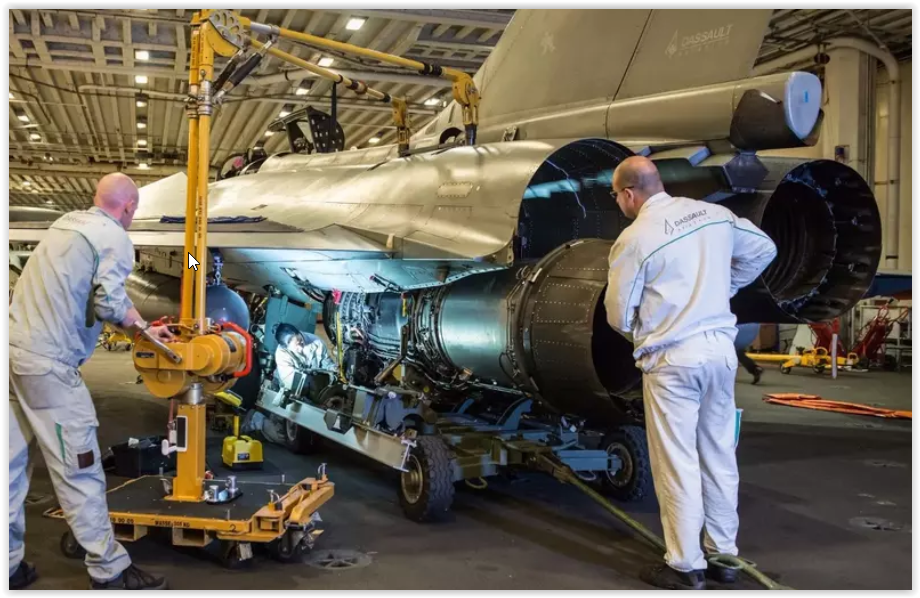
Audit Allegations and the Fog of War
Rumors claimed Dassault requested to audit the downed Rafales at IAF bases. India allegedly denied this request on security grounds. However, credible sources like Reuters and CNN have not confirmed the request. Still, the context seems plausible. Debris reportedly surfaced in Bathinda, Punjab, and at three locations in Indian Occupied Kashmir. French officials, eager to assess the SPECTRA EW suite’s performance, had commercial and reputational interests in such a technical investigation.
India’s reluctance to allow the audit may come from fears of revealing operational weaknesses. Meanwhile, Western media and defense experts are speculating that the U.S. F-35 could replace Rafales in India’s future procurement plans.
Strains and Resilience in Indo-French Relations
The source code standoff and Rafale’s battlefield failure have strained Indo-French ties. Indian media and opposition parties criticized the Modi government’s Rafale deal, signed through Mukesh Ambani’s Reliance Aviation instead of Hindustan Aeronautical Limited (HAL). They questioned spending $218 million per jet without full technology transfer. India’s inability to integrate its missiles or audit the jets independently undermines the “Make in India” agenda and its push for self-reliance.
Yet, the strategic partnership shows resilience. In April 2025, India signed a $7.4 billion deal for 26 Rafale Marine jets for its Navy. This reflects continued trust and shared interests—particularly in countering China’s influence in the Indo-Pacific. France remains India’s second-largest arms supplier and supports its bid for a UN Security Council seat. These factors continue to anchor the relationship.
Diplomatically, both countries have exercised restraint. France avoided public confrontation. India has focused on the U.S.-brokered ceasefire and de-escalation efforts after Operation Sindoor.
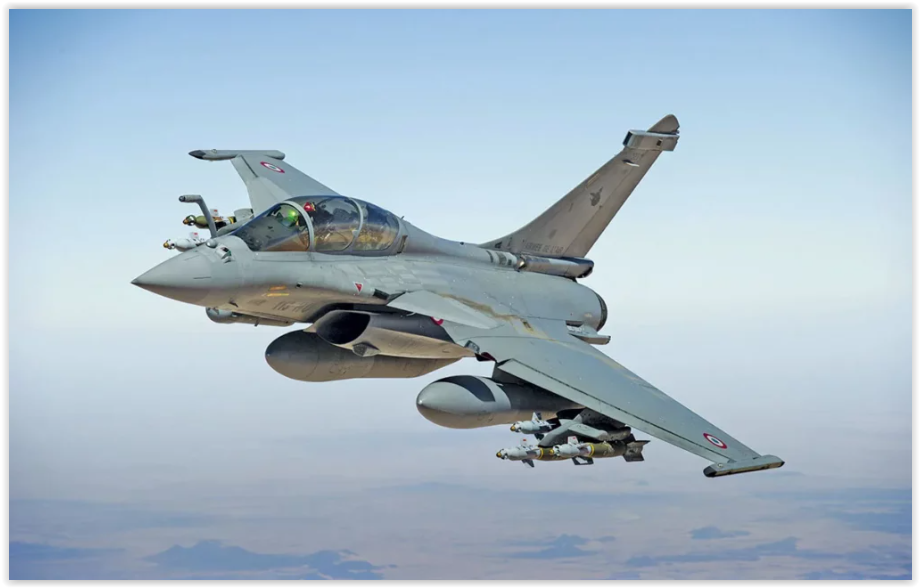
Will India Cancel the Rafale Marine Deal?
Despite the controversy, India is unlikely to cancel the Rafale Marine deal. Its naval modernization depends on these jets, which are customized for Indian aircraft carriers and have no ready substitutes. The sunk costs in training, infrastructure, logistics, strategic offsets, and “Make in India” provisions make reversal impractical.
However, the scandal may compel India to demand technology transfer in future tranches or renegotiate terms. If more vulnerabilities emerge, the political pressure could intensify. Indonesia’s review of its Rafale deal after May 7 may also encourage Indian negotiators to push harder. Still, the Indo-French partnership is expected to hold.
Conclusion: Lessons for the Region
The Rafale saga in South Asia offers a cautionary tale. It highlights the limits of imported technology, the complexities of defense diplomacy, and the shifting balance of power in the region. For Pakistan, it validates the strength of its air force and electronic warfare capabilities. For India, it marks a moment of reckoning—one that may reshape its procurement strategy and push it toward greater strategic autonomy.

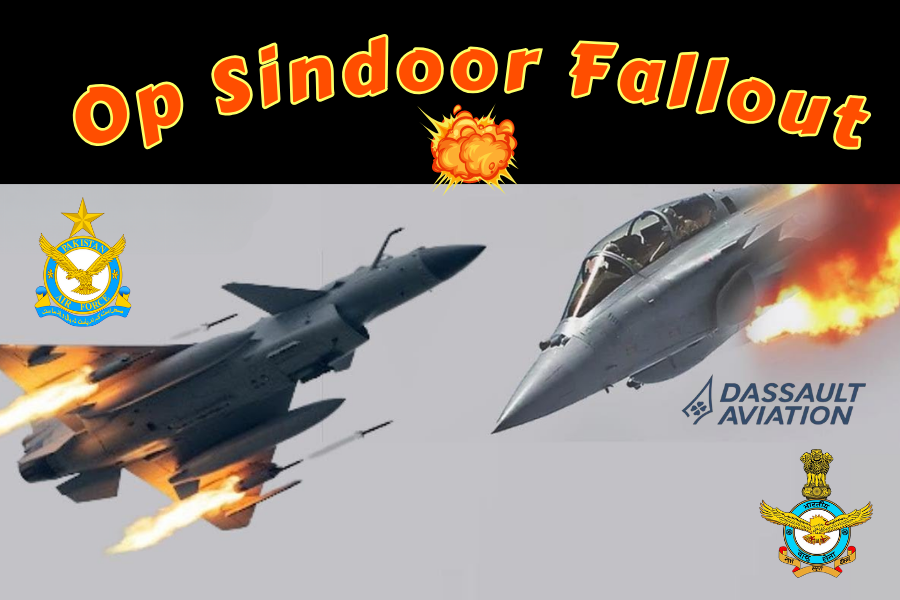

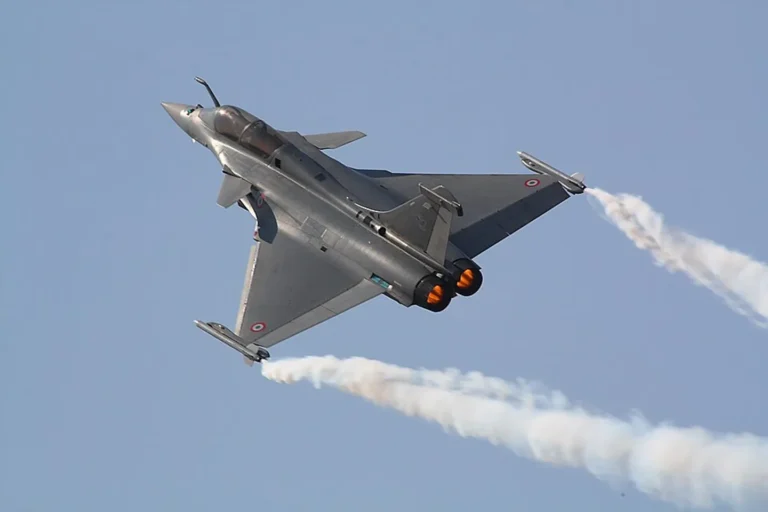
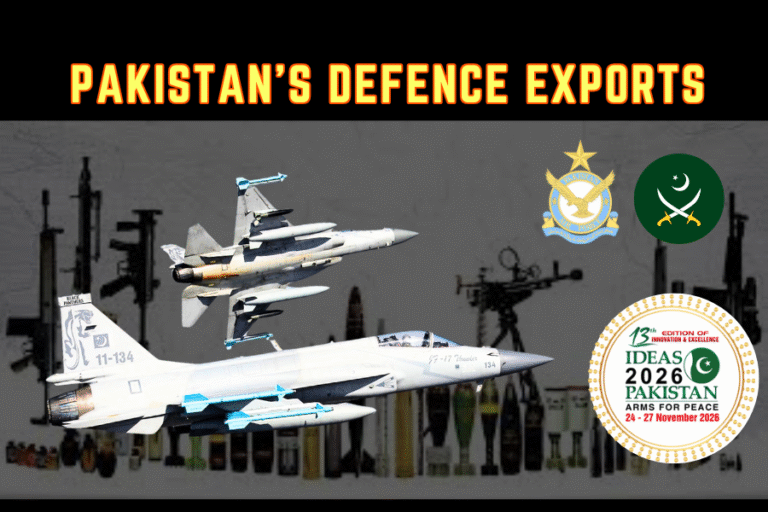
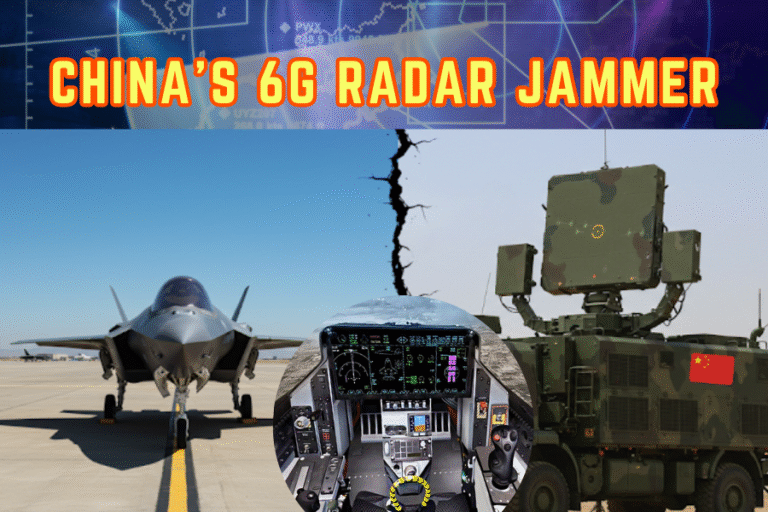


One Comment